CAU Kiel students cooperation at the WL action site
CAU Kiel students cooperation at the WL action site
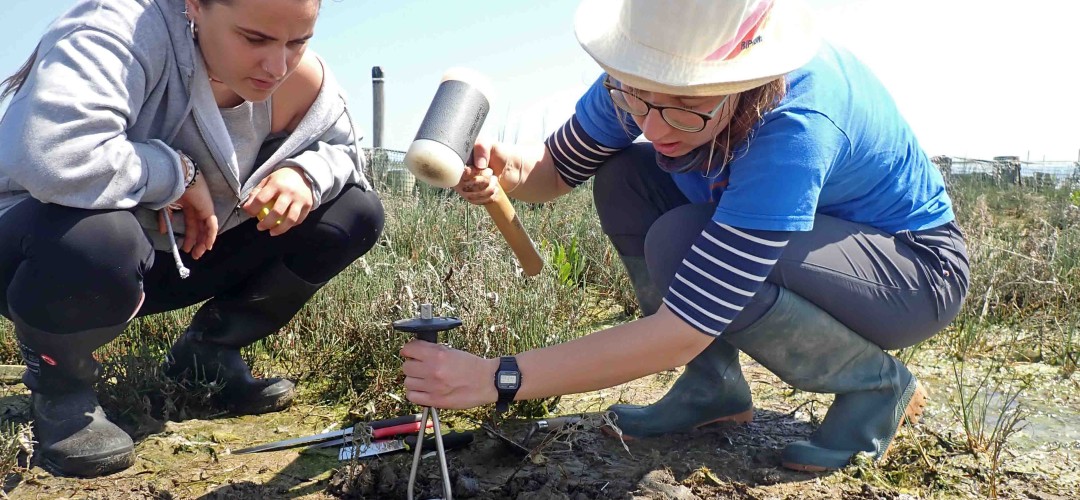
Between April and May 2025, a group of eight students from Christian-Albrechts-University of Kiel traveled to the Venetian Lagoon to conduct scientific fieldwork in cooperation with We are here Venice. The students are currently pursuing degrees in Geography and Environmental Management at both Bachelor’s and Master’s levels. Their focus in this project was in the area known as Lago Bastia, where the WaterLANDS action site is located. Here is an extract from the report they produced.
The Venetian Lagoon is an ecologically rich and culturally significant area which faces increasing pressures from climate change, mass tourism, and infrastructure development. Among its most threatened habitats are the salt marshes — ecosystems that help buffer against sea level rise, reduce wave energy, and support biodiversity. Unfortunately, these landscapes are rapidly degrading due to both natural and human-induced stressors. Efforts have been made in recent years to restore and reinforce marshes in the lagoon. Yet, many of these attempts have lacked long-term ecological monitoring, making it difficult to assess their success. That’s where the WaterLANDS project comes in. In collaboration with We are here Venice and CAU Kiel, the fieldwork was designed to create a scientific foundation for restoration planning and activities. Our contribution helps fill critical knowledge gaps regarding the interaction between human interventions and natural systems. Ultimately, the goal of WahV (through WaterLANDS and within Vital) is to develop scalable restoration models that can also be applied to other vulnerable coastal areas facing similar climate and environmental challenges.
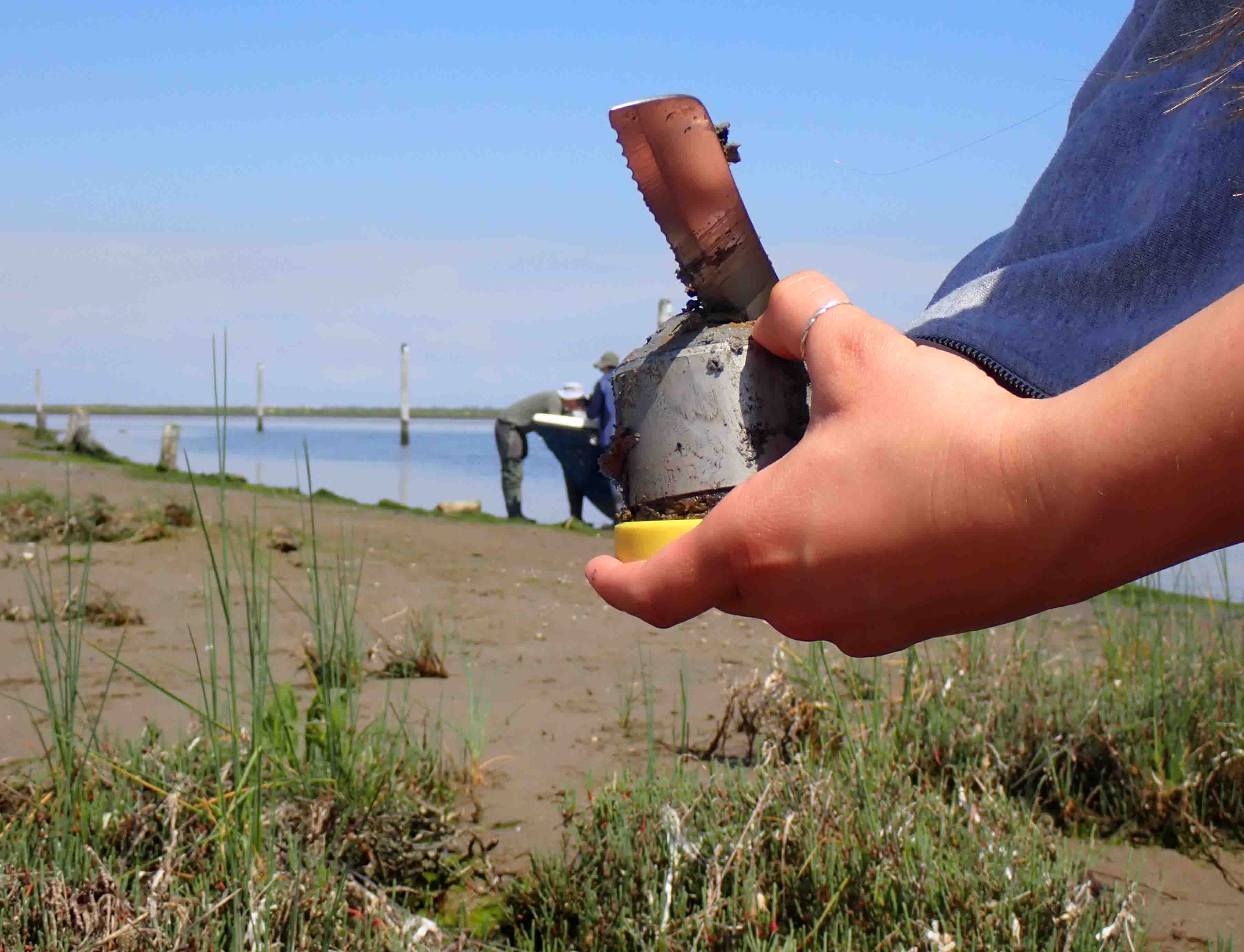
Originally, the fieldwork was going to support the construction of the giant structure composed of 800 fascine expressly designed by WahV in collaboration with CAU Kiel to stabilize and reactivate the typical salt marsh dynamics on the most vulnerable edges of the Bastia infill as well as monitor the ecological effects of its installation. Unfortunately, due to delays, the physical construction had to be postponed. Instead, the Kiel group worked with their professor and WaterLANDS chief scientist John Rapaglia to redirect their efforts to conduct baseline ecological monitoring at the site. Data on sediment transport and availability, vegetation types, soil compaction from foot traffic, and other indicators of salt marsh health were collected and are under analysis. This information now serves to characterise reference conditions before the fascine installation. Kiel University has loaned instruments, including sediment traps and environmental loggers, for longer term monitoring at the site in order to assess the impact of the fascine and the effectiveness of this restoration method.
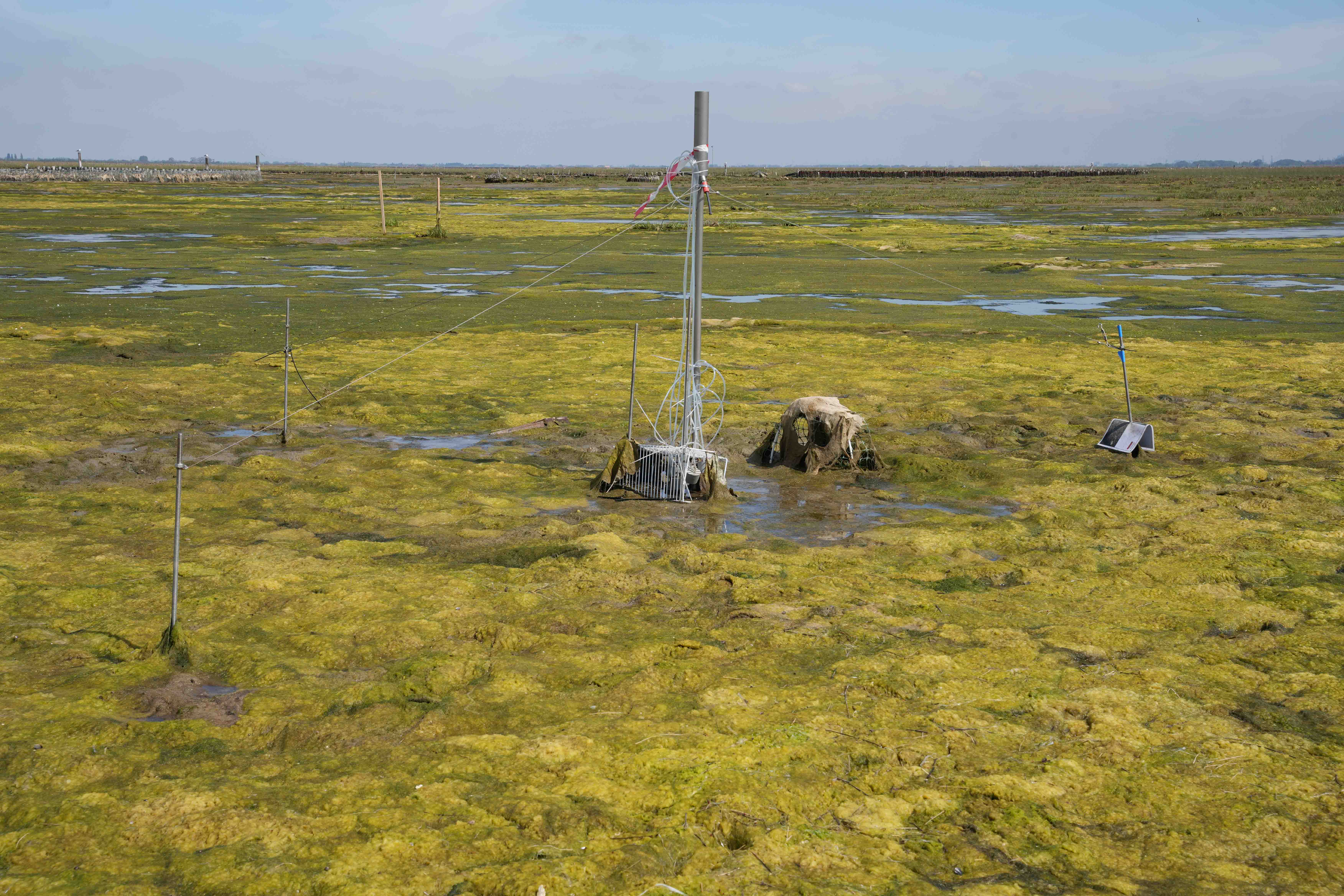
To carry out our monitoring tasks effectively, a variety of scientific tools were deployed to gather high-resolution data on sediment transport, wave action, and water level fluctuations across the marsh. For soil compaction studies, we used weighted cylinders pressed into the ground to assess resistance. In addition, we deployed sediment traps and water collection setups. Water samples were filtered at our campsite and will be chemically analyzed in Kiel to determine sediment content and composition.
The crew
“The decline of the salt marshes over the years and the current poor condition of many of them clearly highlight the problems caused by rising sea levels and human intervention in a delicate ecosystem.”
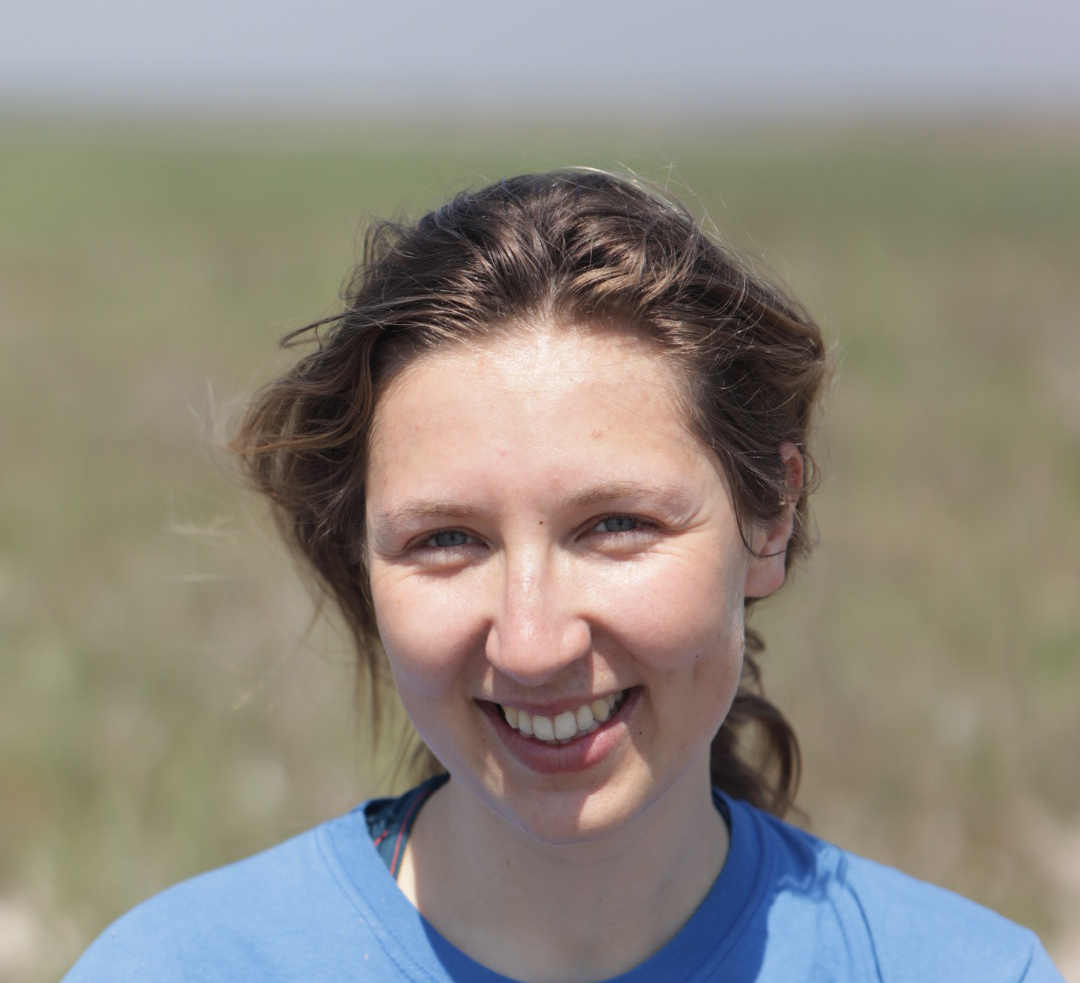
“The impact of sea level rise and land compaction is widely observable in Venice. Communicating the value of nature-based solutions to the public is essential to protect Venice and its lagoon in the long term.”
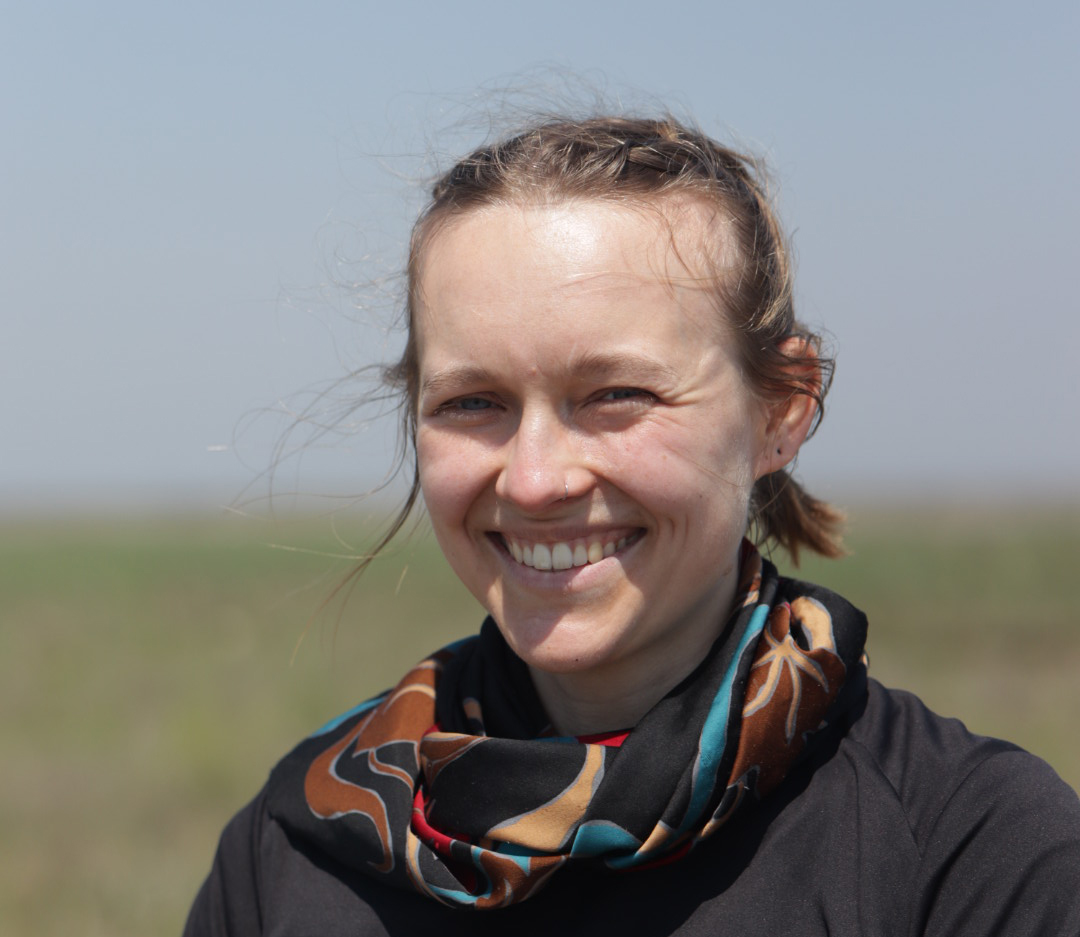
“The project itself taught me that real-life environmental work doesn’t always go as planned. At university, everything is structured and predictable. But once you involve actual stakeholders and communities, things can quickly become complex and unpredictable.”
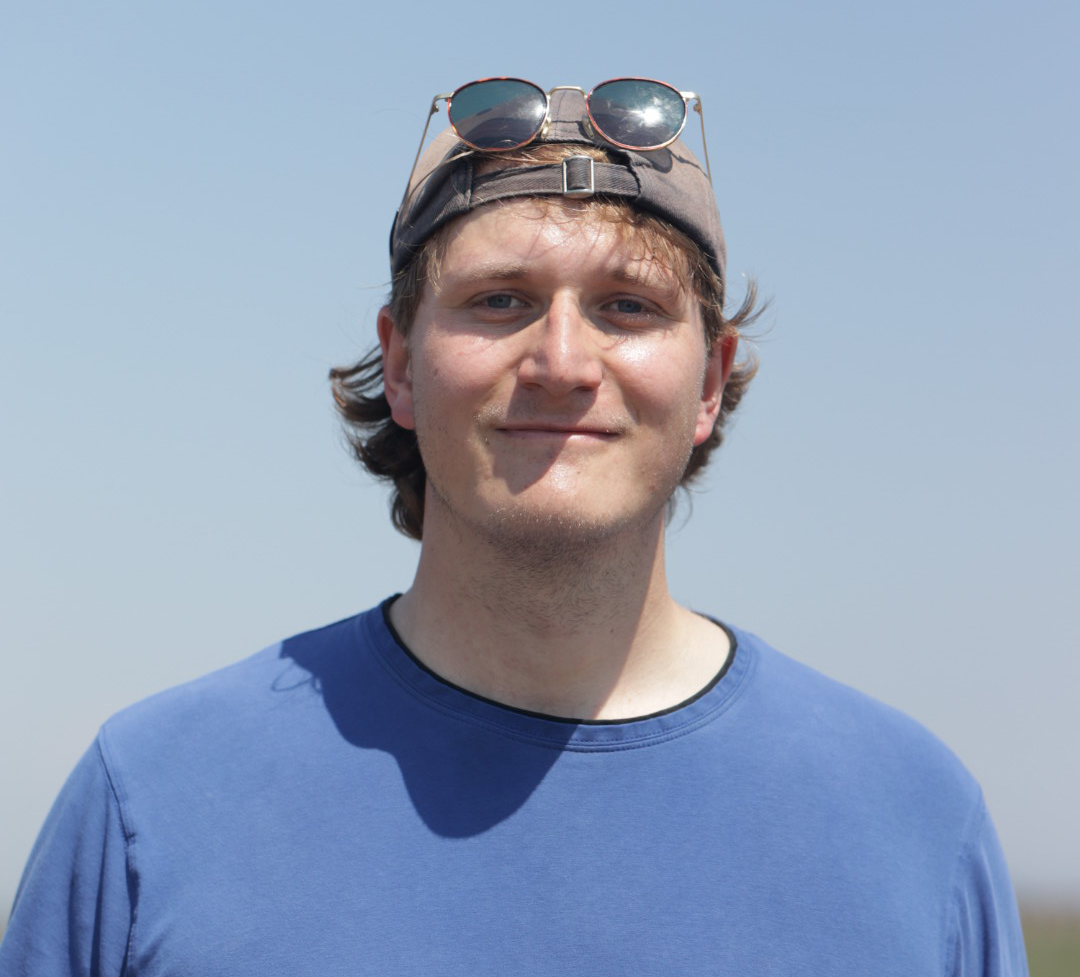
“When visiting the city of Venice and in the lagoon, especially in less touristic areas, the need to act becomes visible.”
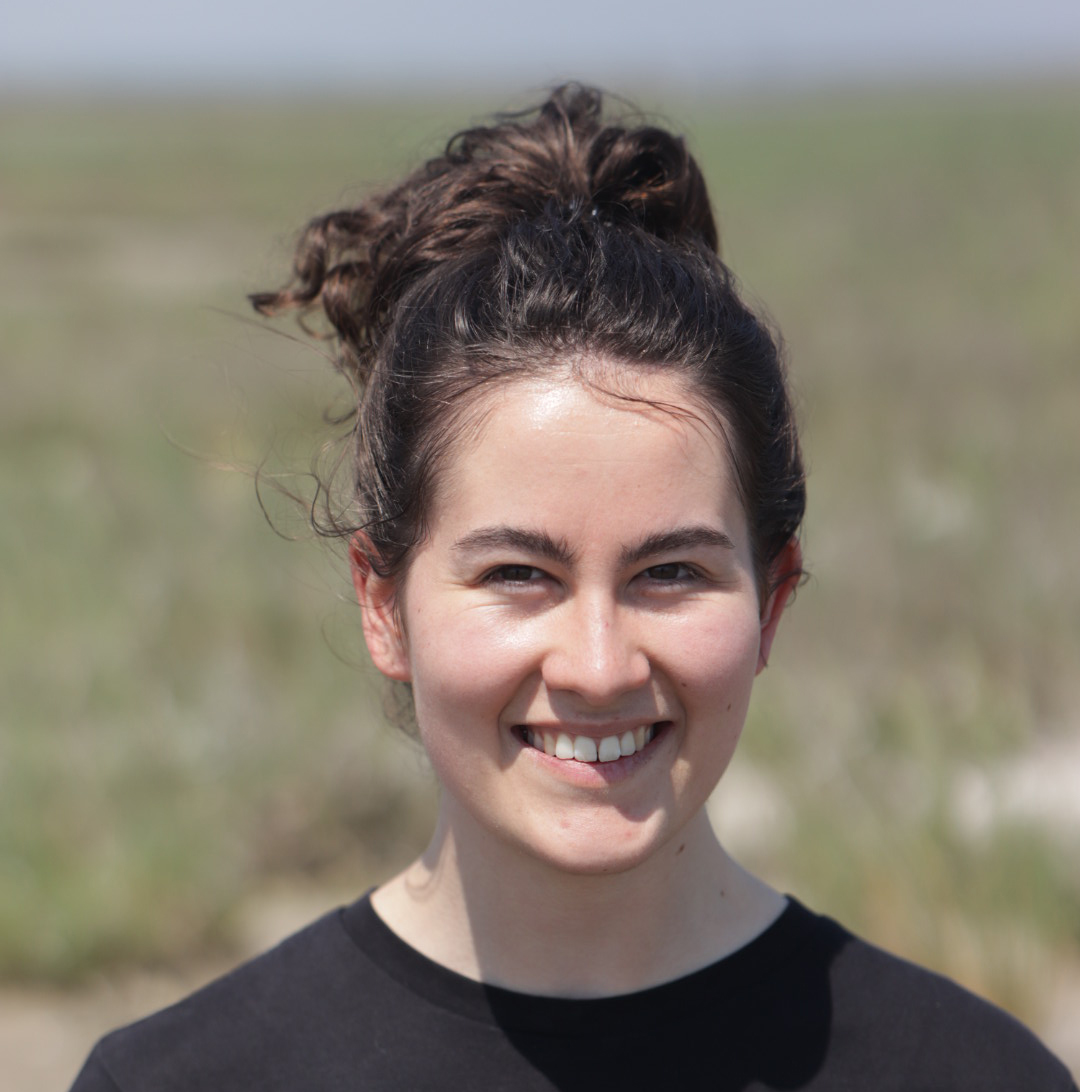
“Interdisciplinary solutions are essential – combining engineering, ecological restoration, and social engagement.”
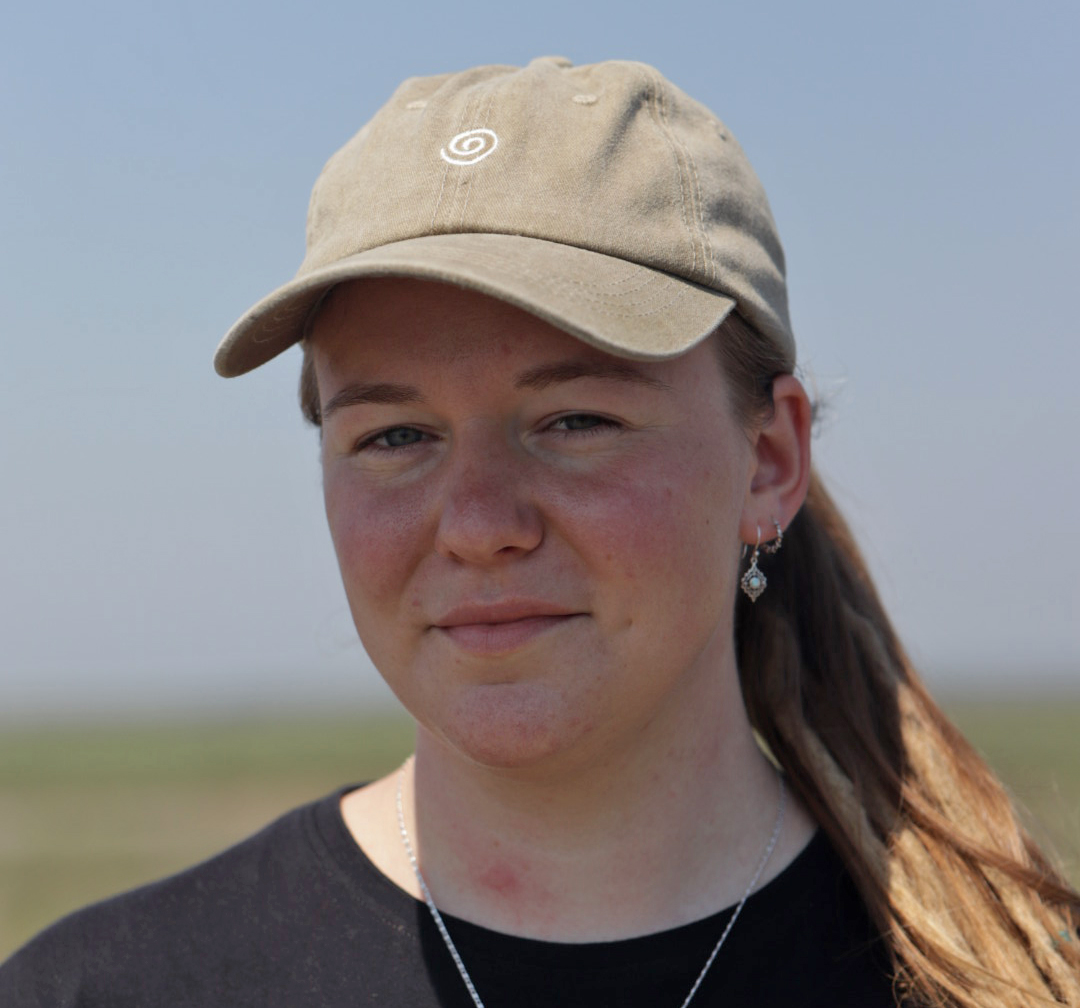
“Seeing the traces of the rising sea levels on the buildings in the city of Venice and witnessing the poor state of a majority of the southern lagoon made me realize how important the need for marsh restoration here really is.”
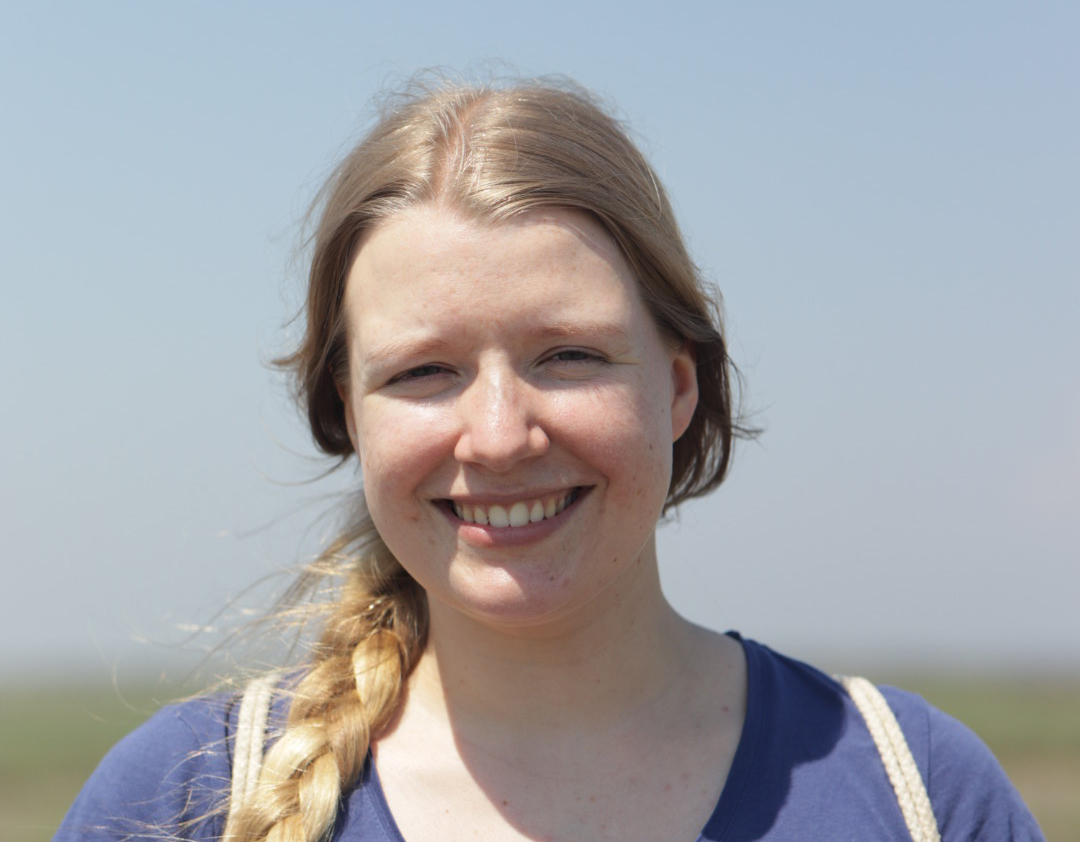
“It showed me that in theory the overlapping areas of a Venn diagram of research and getting things done can be quite large.”
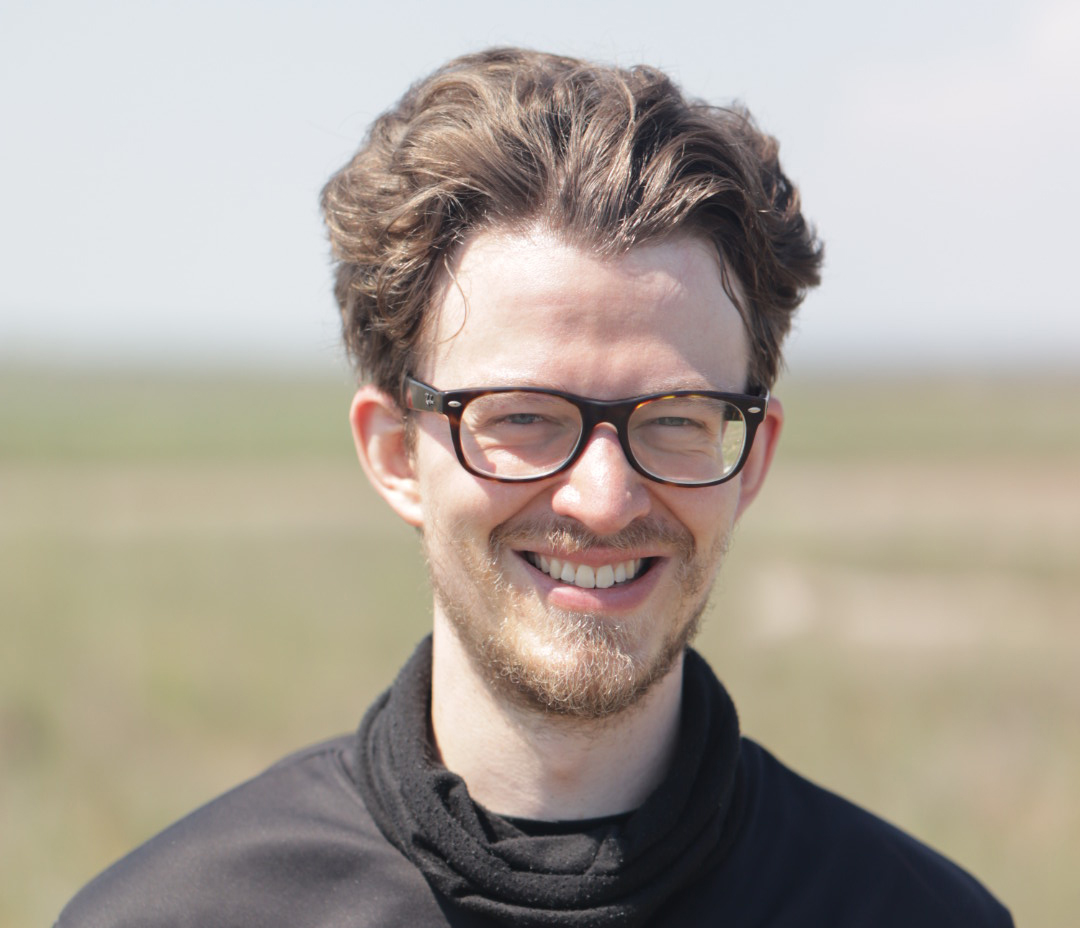
“It makes sense to try out different methods of research - expensive equipment or simple ideas.”
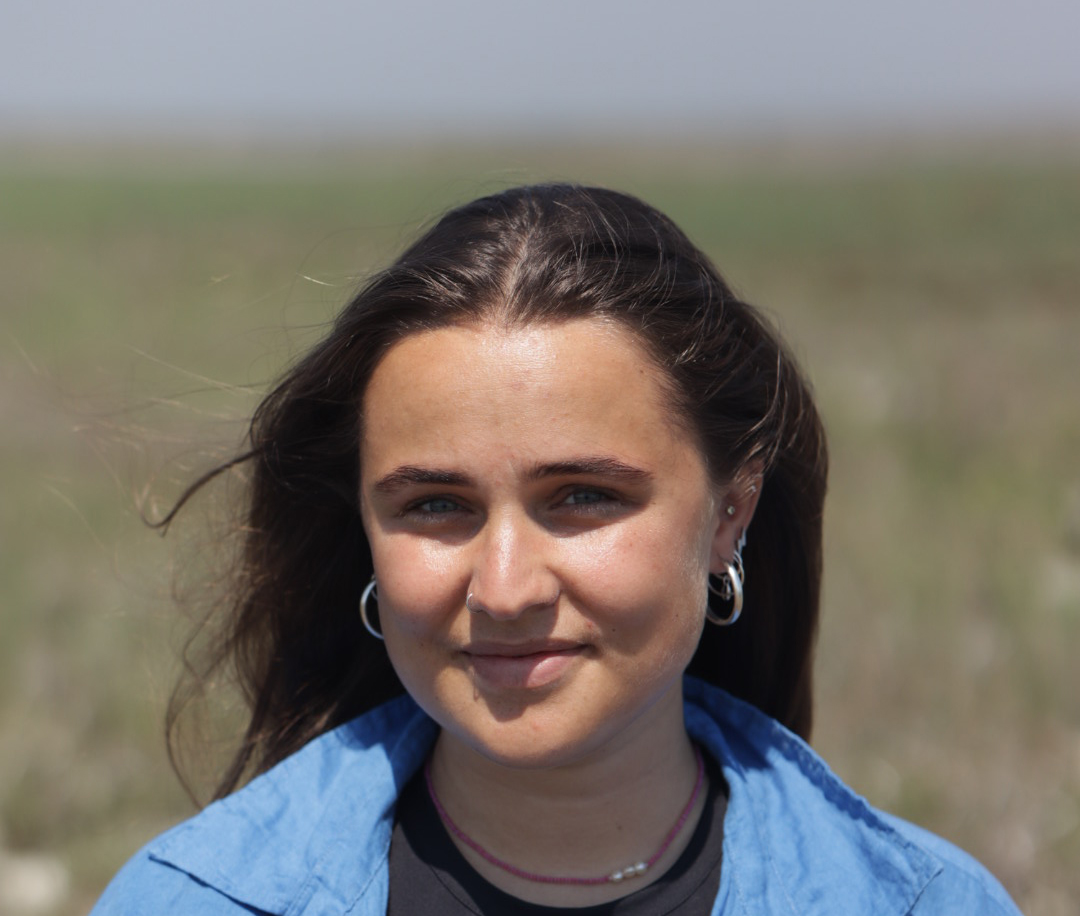
Footnotes:
Cover image: Paula Becker and Marlene Reichert collecting in the process of collecting a core sample to understand sediment compaction processes, which may occur while building a fascine. Photo: CAU Kiel.
◾